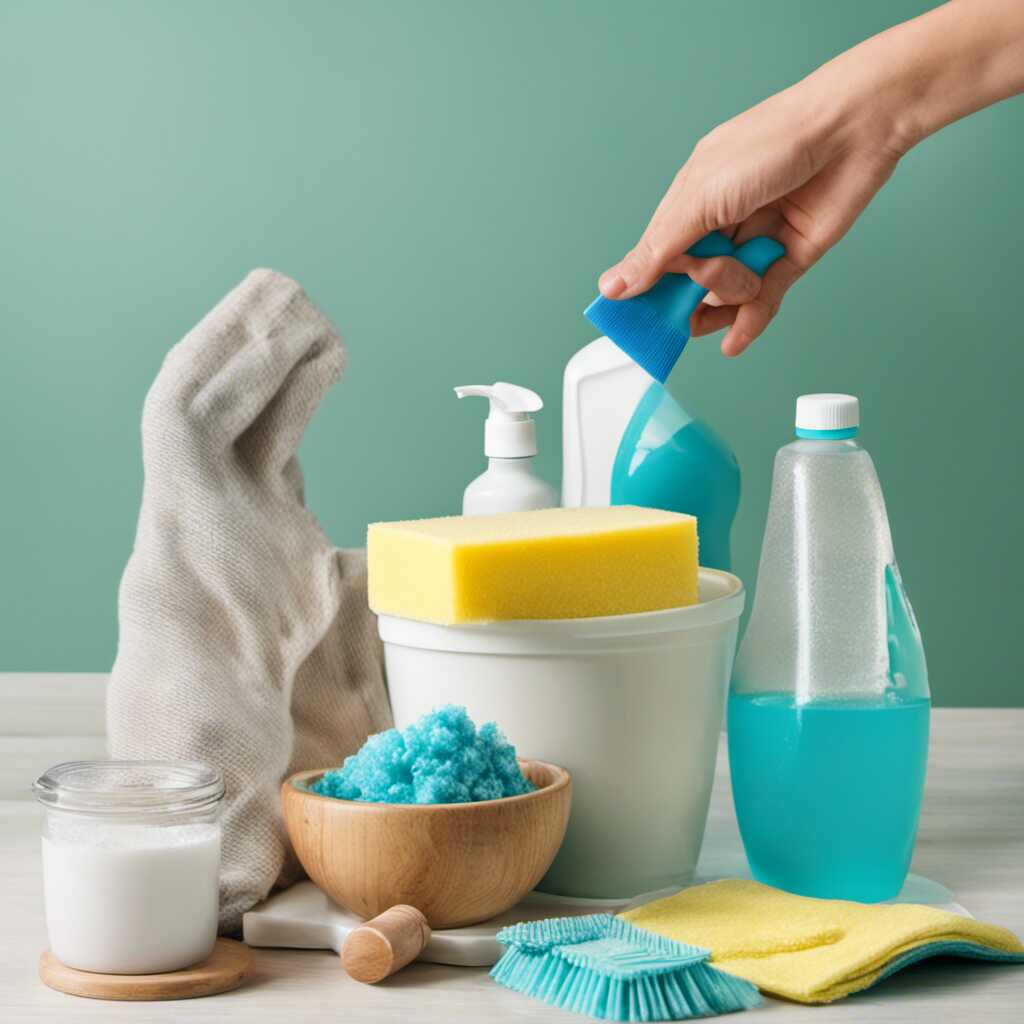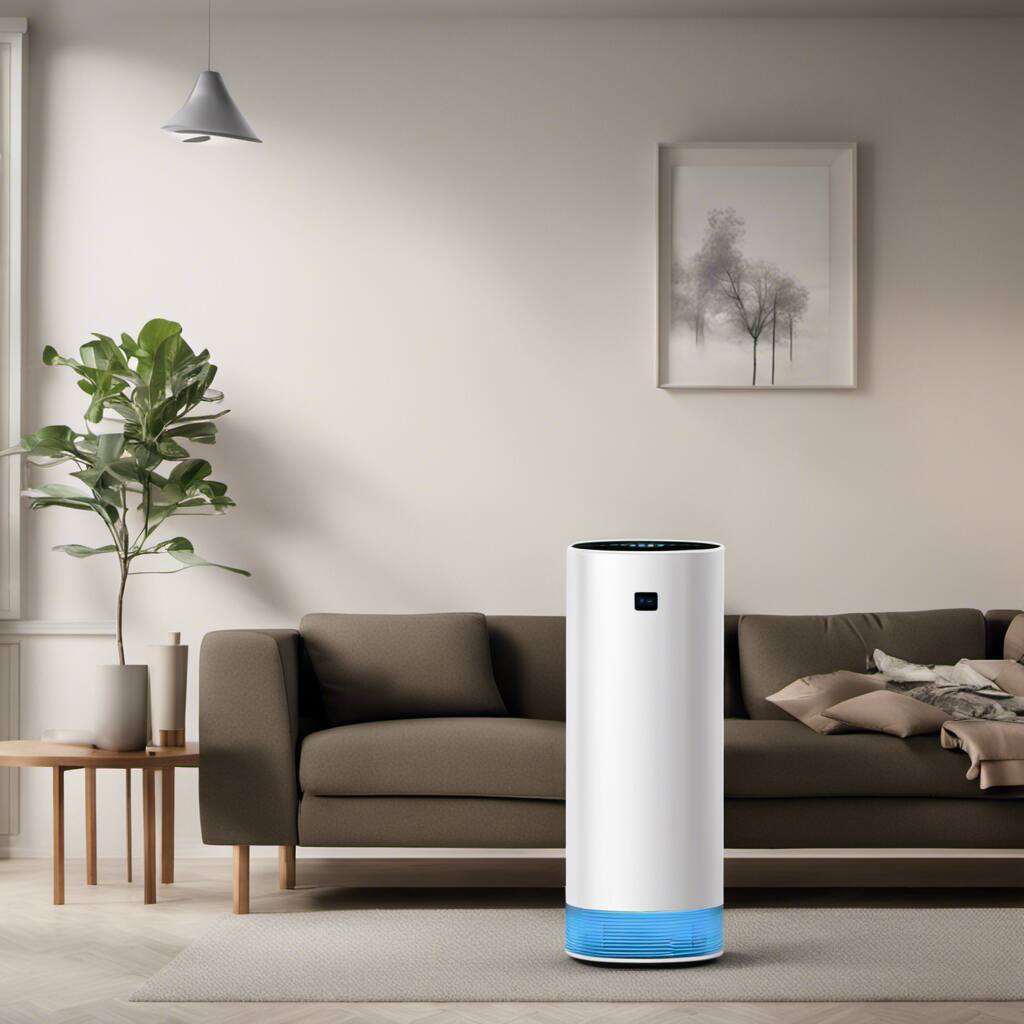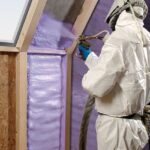
Beauty products play a significant role in our daily routines, enhancing our features and boosting our confidence. However, to ensure their effectiveness and your well-being, it’s crucial to maintain a clean and hygienic makeup collection. In this comprehensive guide, we’ll delve into the detailed steps and essential tips on how to clean and disinfect your makeup and beauty products, keeping both your skin and products in top condition.
The Importance of Cleaning and Disinfecting Beauty Products
Understanding why cleaning and disinfecting your makeup is essential lays the foundation for a healthier beauty routine.
Preventing Bacterial Growth:
Makeup products can harbor bacteria over time, leading to skin irritations and infections. Regular cleaning prevents the growth of harmful microorganisms.
Extending Product Life:
Proper maintenance ensures your beauty products last longer, saving you money and preventing wastage.
Maintaining Product Performance:
Clean products perform better. Unclean brushes and tools can compromise the application and finish of your makeup.
Protecting Your Skin:
A clean makeup routine is vital for healthy skin. Dirty brushes can transfer oil, dirt, and bacteria, leading to breakouts and skin issues.
Avoiding Cross-Contamination:
Disinfecting is crucial to prevent cross-contamination between products and, more importantly, to prevent the spread of germs.
Cleaning Makeup Brushes and Tools
Your brushes and tools are the workhorses of your makeup routine. Here’s how to keep them clean and germ-free:
Regular Brush Cleaning:
Clean your brushes at least once a week to remove makeup residue, oils, and bacteria. Use a mild, antibacterial soap or brush cleanser.
Deep Cleaning:
Perform a deep clean every two weeks. Soak your brushes in a mixture of warm water and gentle shampoo, ensuring you rinse thoroughly.
Drying Properly:
After cleaning, reshape the bristles and lay brushes flat to dry. Avoid drying them vertically, as water can seep into the ferrule and loosen the bristles.
Disinfecting Tools:
Disinfect tools like eyelash curlers, tweezers, and beauty sponges using rubbing alcohol. Wipe down surfaces with a cotton pad soaked in alcohol.
Replacing Old Tools:
Regularly inspect tools for signs of wear and tear. Replace anything that’s damaged, as it can compromise the effectiveness of your makeup application.
Cleaning Makeup Products
Your actual makeup products can also harbor bacteria. Here’s how to keep them clean without compromising their integrity:
Inspecting Product Expiry:
Regularly check the expiration dates on your makeup products. Expired products not only perform poorly but can also be harmful to your skin.
Sanitizing Powder Products:
For powder-based products like eyeshadows and blushes, gently scrape off the top layer regularly to remove oils and bacteria. Spritz with rubbing alcohol.
Cleaning Cream and Liquid Products:
Wipe down the exterior of cream and liquid products with a disinfectant wipe. Use a clean spatula for products in jars to prevent bacterial transfer.
Disinfecting Lip Products:
For lipsticks and lip glosses, dip the product in rubbing alcohol for a few seconds. Let it air dry before applying.
Maintaining Clean Applicators:
Regularly wash or replace applicators that come with your makeup products. Bacteria can accumulate on these applicators and transfer to your skin.
Staying Hygienic On-the-Go
Maintaining cleanliness while on the move is crucial for those who frequently apply makeup outside the home.
Portable Brush Cleaning Solutions:
Invest in travel-sized brush cleansers or wipes for on-the-go cleaning. These are handy for quick touch-ups.
Individual Packaging:
Opt for products with individual packaging, especially for items like mascara and lip gloss, to minimize the risk of contamination.
Disposable Applicators:
Keep disposable applicators in your makeup bag for emergencies. These are convenient for trying testers in stores without risking contamination.
Carrying a Clean Makeup Bag:
Regularly clean the interior of your makeup bag to remove any residue or spilled products. Wash fabric bags according to care instructions.
Avoid Sharing Makeup:
Resist the temptation to share makeup products with others. Sharing can lead to the transfer of bacteria and infections.
Dealing with Specific Beauty Products
Different beauty products require specific cleaning approaches to maintain their quality and hygiene.
Cleaning Makeup Palettes:
Wipe down the exterior of palettes with a disinfectant wipe. For cream-based products, use a clean spatula to scoop out the product.
Disinfecting Eyelash Curlers:
Clean the rubber pad of your eyelash curler regularly with a cotton swab soaked in rubbing alcohol. Replace the pads when they lose their elasticity.
Caring for Makeup Brushes with Natural Bristles:
Use a mild shampoo to clean brushes with natural bristles. Be gentle to avoid damaging the delicate hairs.
Sanitizing Lip Liners and Pencils:
Sharpen lip liners and pencils regularly to remove the outer layer. Wipe them with a disinfectant wipe after each use.
Disinfecting Nail Tools:
Clean and disinfect nail tools like clippers and files with rubbing alcohol. Replace disposable items regularly.
Conclusion
Maintaining a clean and disinfected makeup and beauty product collection is essential for both your health and the longevity of your products. By adopting these detailed and simple cleaning techniques, you can enjoy a flawless makeup application while minimizing the risk of skin issues and infections. A commitment to cleanliness ensures that your beauty routine remains a source of joy, confidence, and well-being.






